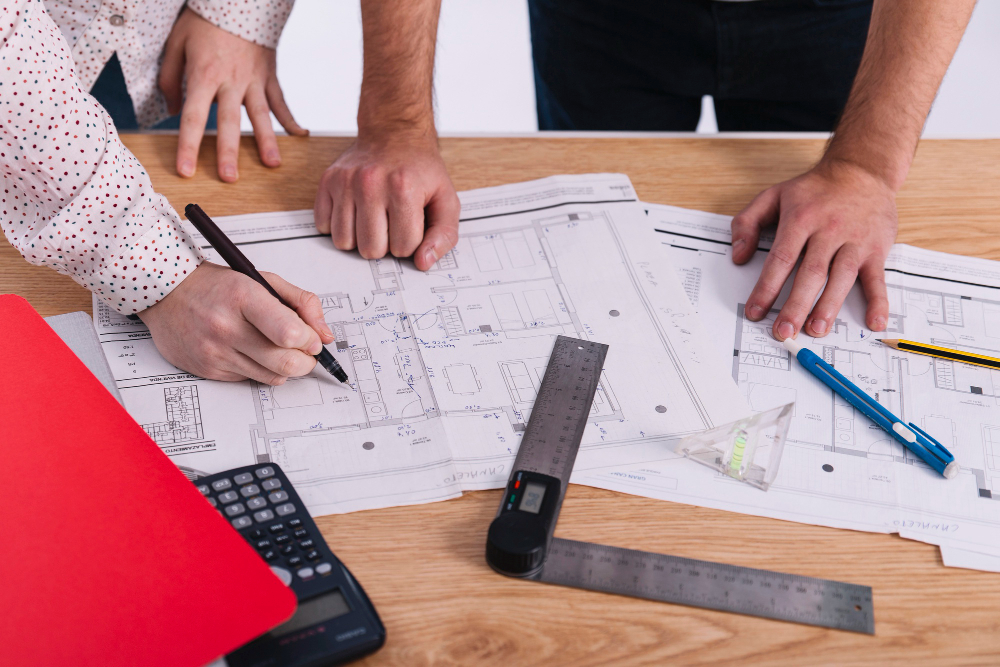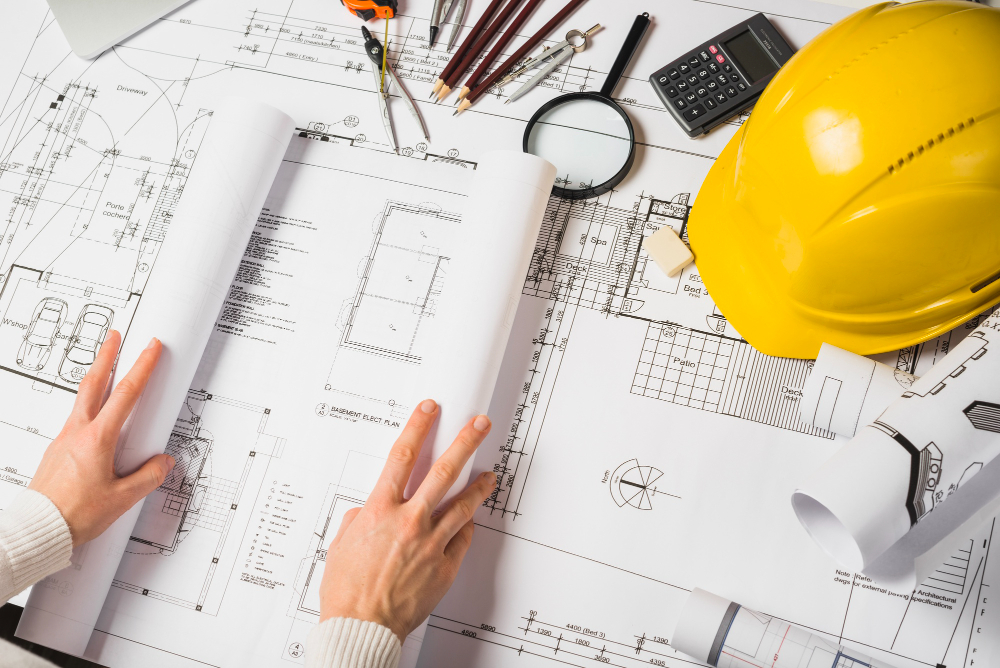The most dramatic change in architectural design has been seen in the introduction of the Computer-Aided Design (CAD) drawing services. These advancements have effortlessly linked the abstract ideas of architects with the actuality of built spaces. This blog is centred on the progressive steps in the architectural CAD, how they improve the design process, and bring creative concepts to reality.
CAD Drawing Services’ Developments
In the past, architectural drawings were laboriously hand-drawn, a method that was slow and error-prone. What CAD drawing services brought in was precision, speed, and flexibility that were simply unimaginable. Modern technologies in CAD today make it possible for architects to generate detailed and precise representations of buildings that help in the deep exploration of aesthetic and functional possibilities.
The change from hand painting blue prints to digital designs has been massive. The primary application of the initial CAD systems was basic layout designs. With time, these systems have developed to possess additional features such as auto-correction, layering, and full 3D modelling. This revolution not only makes the process of design faster but also in many cases improves the precision and detail of architectural plans allowing to realize more complicated designs.
Innovations in Architectural CAD Features
The modern CAD drawing services have features that serve the intricate requirements of architectural design. These include 3D modelling that helps architects to see a structure in three dimensions with the aims to understand spatial relationships and design coherence. Improved collaboration facilities allow instant sharing and alterations of the designs, and this promotes excellent communication among architects, engineers, and clients.
Bridging Imagination and Reality
The practical power of architectural CAD is to make abstract thoughts into detailed workable concepts. Advanced simulation capabilities enable designers to try various materials, lighting conditions, and structural configurations in order to get the final product that is both aesthetically attractive and functional. This not only makes the process of design more straight-forward but also eliminates the possibility of errors or costly adjustments during construction.
The power of CAD to convert concepts into precise, detailed drawings is incomparable. CAD-based simulation techniques enable architects to predict the way the building will interact with environmental elements such as sunlight and wind, as well as to evaluate the practicality of their designs long before the construction starts. This predictive power also means that problems can be dealt with early in the design stage, therefore, saving time and resources.
The Role of CAD in Sustainable Design
Modern architecture gives sustainability a lot of thought. CAD drawing services play an important role in the development of eco-friendly buildings by allowing a precise calculation of materials, reducing waste and increasing energy efficiency. With comprehensive analysis and simulation, architects can assess the environmental effects of their designs, and in this way, architects can assure that buildings are not only attractive, but they are also beneficial to the Earth.
Precision of CAD is very important for sustainable architecture. Through precise measurements and simulations that can be obtained, architects are allowed to develop buildings which are energy efficient and do not produce waste. Sustainable materials selection and natural lighting and ventilation optimization are other benefits that CAD software can bring to new construction that produce significant environmental sustainability.
Future Trends of Architectural CAD
The future of architectural CAD drawing services is rather brighter with even better innovations coming on board. Technologies such as artificial intelligence (AI) and machine learning are getting into action, automating the most routine activities and providing predictive insights, which can guide design decisions. The technologies of virtual and augmented reality are also on the rise, providing interactive experiences that let customers see their future homes or buildings long before a single brick is laid.
AI and machine learning incorporation into CAD software are intended to change the design process by automating repetitive tasks and analysing large data to find the best design solutions. Virtual and augmented reality technologies allow clients and designers to navigate through virtual models of a project, giving them an intuitive sense of spatial relationships and design details that were hard to convey.
Conclusion
The modernizations in architectural CAD drawing services have essentially revolutionized the architectural design concept, providing tools that link the imaginative force of architects and the realistic aspects of construction. Continuing this evolution of technology will lead to the advent of more impressive buildings, masterpieces of the possibilities, formed accurately, effectively, and with respect to sustainability. The future of architectural design is promising, based on CAD drawing services which become the centre of this revolution and allow the visions to become a reality that improves our built environment.



